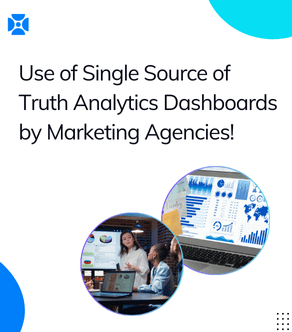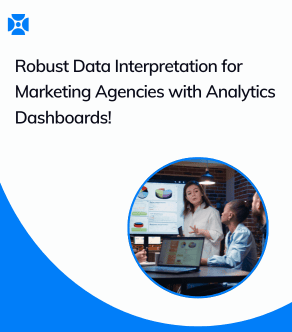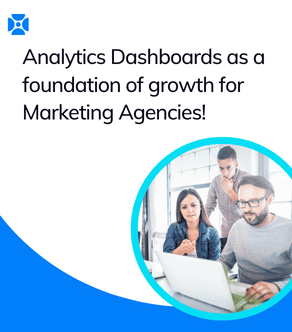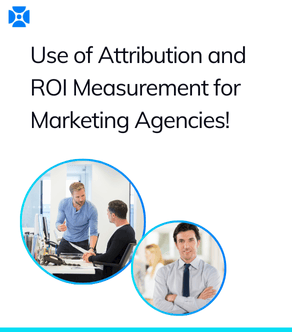
In today’s competitive landscape, marketing agencies must leverage every tool available to maintain an edge. One of the most powerful tools in their arsenal is the use of analytics dashboards. These dashboards provide real-time insights, facilitate better decision-making, and significantly improve client collaboration and transparency. This article delves into how marketing agencies use analytics dashboards to enhance client relationships, improve performance measurement, and break down data silos.
1. Better Decision Making
1.1. Data-Driven Decision Making
Attribution and ROI measurement allow agencies to base decisions on data rather than intuition. This helps in identifying the most profitable channels, optimizing budget allocation, and refining strategies to maximize impact.
Dimension A: Channel Optimization
By attributing conversions to specific channels, agencies can determine which platforms provide the highest ROI, enabling them to focus resources where they are most effective.Dimension B: Budget Allocation
With precise ROI measurement, agencies can allocate budgets more efficiently, investing more in high-performing channels and less in those that under-perform.Scenario C: An agency discovers through multi-touch attribution that social ma ads have a higher conversion rate compared to email marketing. By reallocating budget to social ads, they increase overall campaign ROI by 25%.
1.2. Scenario-Based Analysis
Different attribution models (e.g., first-touch, last-touch, multi-touch) offer various insights. Agencies must choose the model that aligns best with their objectives to make informed decisions. Using a last-touch attribution model, an agency credits the final interaction before conversion. This approach highlights the importance of closing techniques but may undervalue the role of earlier interactions and is possible with attribution and ROI measurement analytics dashboards.
According to Nielsen, attribution across the marketing sphere extends across all aspects in the awareness phase, then during interaction, at conversion and the post-conversion phase. Marketing agencies, when working with clients, adhere to marketing operations with clients with such aspects but lack on having such capabilities enabled at their business for their own operations. The following diagram reflects at those touch-points.
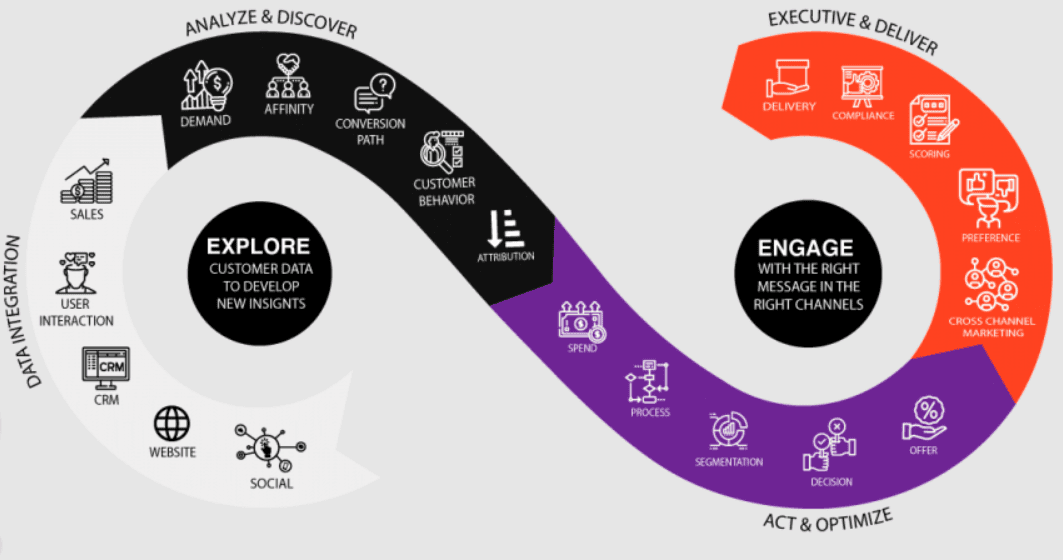
The diagram above is from Nielsen IQ's 'Consumer Data - Unveiling the Power of Market Insights', taking into account common factors for businesses across their online marketing operations, which Marketing firms focus upon!
2. Improved Collaboration and Transparency
2.1. Cross-Team Collaboration
Attribution models that provide integrated insights across all marketing activities facilitate collaboration among teams. When each team understands its contribution to the overall ROI, it fosters a more collaborative environment.
Dimension A: Shared Goals
With clear attribution, all teams—from creative to analytics—can work toward the same goals, reducing internal friction and enhancing collective output.Dimension B: Transparent Reporting
Transparent attribution reporting ensures that clients are aware of how their investments are performing, leading to stronger trust and long-term partnerships.
2.2. Enhanced Client Relationships
Transparency in ROI measurement builds client trust by clearly showing how each dollar spent is contributing to their business goals. Marketing Agencies use multi-touch attribution models to demonstrate to clients that their content marketing, PPC and other domain specific marketing operations and efforts are both crucial in driving traffic, enabling consumers to move forward and consequently such aspects lead to renewal of their contracts as well as in upselling and cross-selling of services.
According to Qivos, the vast range of Marketing Agencies see data analytics dashboards as a core differentiation factor to their operations and lack the capability to enable that across their business. This reduces effectiveness of attribution and ROI measurements as well. The following table reflects at that.
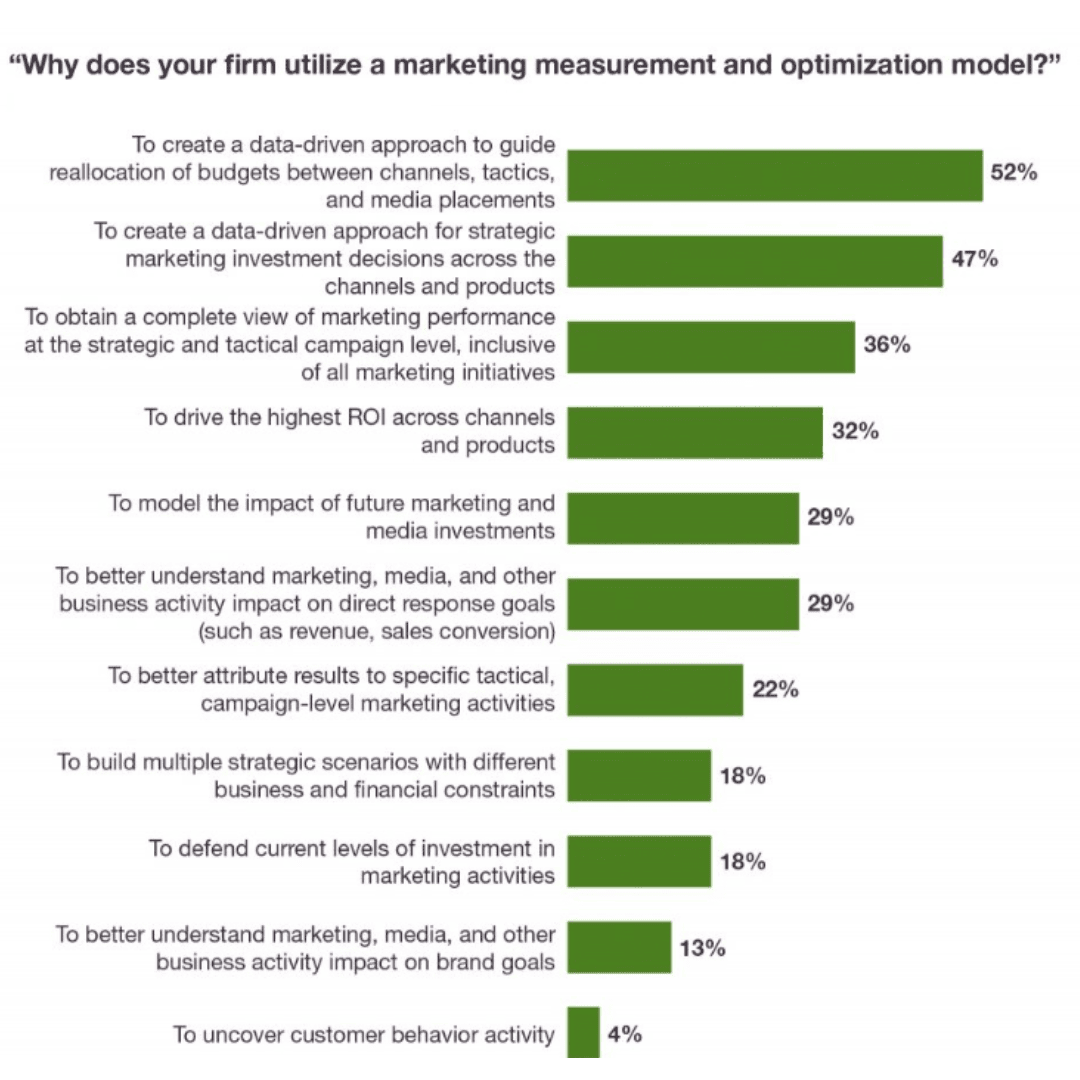
The diagram above is from a research carried out by Qivos on why firms require marketing analytics, measurement and optimization models!
3. Unified Single Source of Truth Analytics Dashboards
- Dimension A: Data IntegrationBy integrating data from multiple sources, agencies can ensure that all teams are working with the same information, reducing discrepancies and enhancing decision-making.
Scenario E: An agency implements a unified dashboard that combines data from social media, email, and paid ads. This integration reveals insights that were previously obscured by siloed data, leading to a 20% improvement in campaign performance.
According to Funnels (a marketing automation firm that has been rated among the top 50 by Gartner for the past 4 years), marketing analytics is the main factor towards reliable navigation and in optimization operations in any marketing operation that agencies manage for their clients.
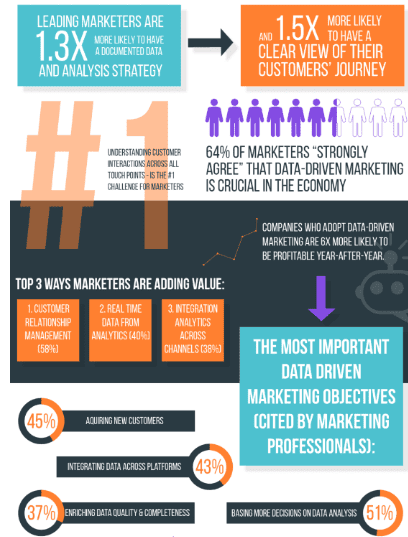
The diagram above is from a research carried out by Funnel on key impact factors for marketeers!
4. Improved Efficiency and Productivity
4. Improved Efficiency and Productivity
4.1. Streamlined Processes
Accurate attribution and ROI measurement streamline processes by identifying the most effective strategies and eliminating wasteful practices.
Dimension A: Process Optimization
By understanding which campaigns yield the highest ROI, agencies can focus on refining those processes, thereby improving overall productivity.Dimension B: Automation
Automated attribution tools reduce the manual labor involved in tracking and reporting, freeing up time for strategic planning and creative work.
An agency automates its attribution process, allowing the team to spend more time on creative development, which inevitably leads to an increase in client satisfaction. Efficient attribution enables better resource allocation, ensuring that human and financial resources are used where they will have the most significant impact.
5. Integrated Insights Across Functions
5.1. Holistic View of Campaign Performance
Attribution models that integrate insights from various marketing functions provide a holistic view of how each contributes to overall ROI.
Dimension A: Cross-Functional Synergy
When data from SEO, PPC, social media, and content marketing is integrated, agencies can see how these functions work together to drive conversions, leading to more effective strategies.Scenario H: By integrating insights from all functions, an agency identifies that while PPC drives the most conversions, it is the content marketing efforts that attract the initial leads. This understanding leads to a more balanced and effective marketing strategy.
Effective attribution and ROI measurement provide marketing agencies with a strategic advantage by enhancing decision-making, fostering collaboration, ensuring transparency, and improving efficiency. By leveraging these insights through unified analytics dashboards, agencies can optimize their processes and deliver better results for their clients. Erphub has been enabling businesses across industries with comprehensive digital analytics and dashboard solutions. Our guide, free guide available through the link below, takes managers, business owners and organizations through visibility across key areas of business that benefit out of Single Source of Truth analytics dashboard solutions.




